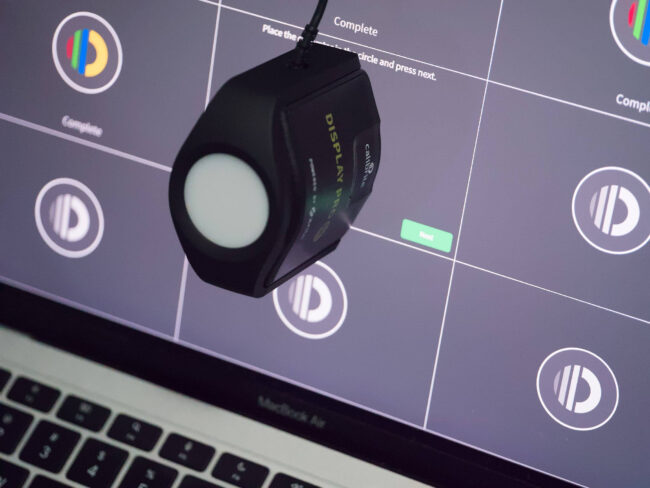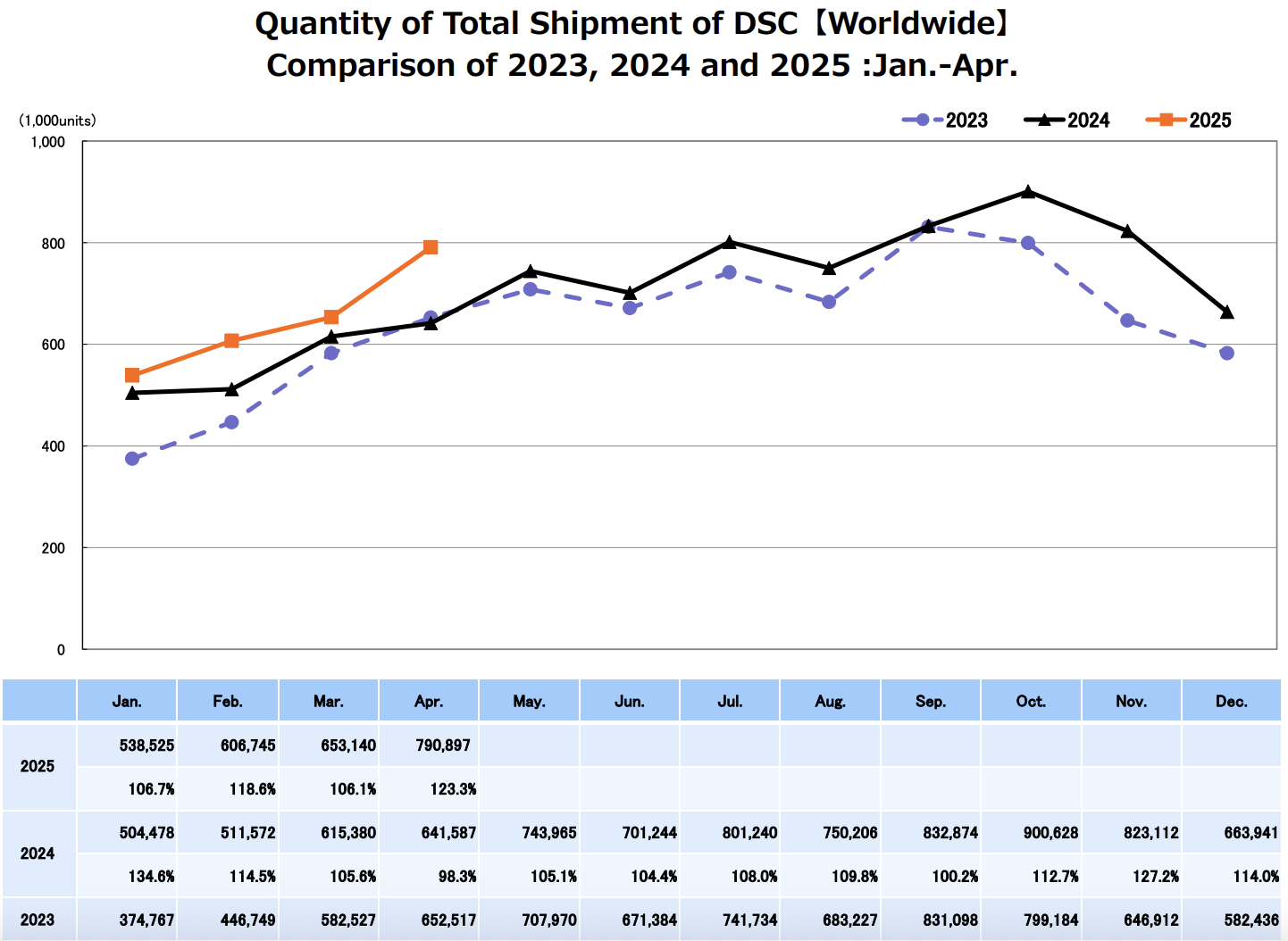The Biggest Announcements from Apple's WWDC25 Keynote
Today, at its WWDC25 keynote, Apple unveiled a slate of software updates across its entire product portfolio. From a revamped Phone app that merges calls and messages to a complete overhaul of its operating systems in both design and functionality, the changes mark its most comprehensive software refreshes to date. Apple even announced the Notes app is – finally – making its way to Apple Watch and the phrase "better late than never" has never felt more appropriate.But of all the updates Apple billed as “groundbreaking” at WWDC25 today, Liquid Glass is arguably the biggest. A translucent new digital “material", Liquid Glass underpins Apple's refreshed visual language and arrives as part of its OS updates this fall. From app icons and menu bars to notification bubbles and beyond, it's being applied across the user interface (UI) of every Apple device, with its properties shaping the look and feel each element and how they interact with each other. And it's not just a reskin that adds new colors and a fresh aesthetic to the UI. According to Apple, Liquid Glass uses "real-time rendering" and reacts dynamically to movement and user input – like real glass, it "reflects and refracts its surroundings", responding to other onscreen elements nearby.Apple is hoping to create a more consistent and streamlined user experience (UX) across its devices and its latest visual updates usher in a new chapter in its design story. But these aren't the only changes it's making: Apple is also changing how it names its operating systems.Until now, Apple numbered its operating systems sequentially and categorized them by product – for example, the most recent operating systems for iPhone and Apple Watch are called iOS 18 and watchOS 11, respectively. But going forward the brand is moving to a standardized naming system based on the year the software will serve. This fall, Apple will launch iOS 26, iPadOS 26, watchOS 26 – and so on. You get the idea.With iPhone and the upcoming iOS 26, users can expect to see a number of subtle updates across the device. The Phone app sees the biggest changes and will combine calls, messages and voicemails to create a unified space for users to view their various communications in one place. Apple is also introducing new privacy measures that automatically screen texts and calls from unknown numbers to help combat spam; in Messages, texts from these unknown numbers are placed in a separate folder – away from your main conversation list. The Phone app is also coming to Mac as part of Apple's drive for more synergy in its ecosystem.Taking advantage of Apple Intelligence, other updates on their way to iPhone include Live Translation, coming to Messages and FaceTime, which will provide real-time translations and live captions, respectively. Apple Maps is being improved and will be able to "learn your routine and suggest alternative routes based on traffic", as well as taking note of places you've been to allow you to later look them up. The Wallet app is also seeing some changes with the introduction of Digital ID, a new feature Apple says is "different from your driver's license and passport", but will be accepted for domestic travel at select airports.iPad – arguably the most under-leveraged device in Apple’s lineup – is receiving a new windowing system that will let you resize and move app windows as you please, helping to improve the iPad's multitasking potential and allowing users to take more advantage of its untapped potential. iPad will also now have a menu bar that can auto-hide and pop out to gives users access to an app's most used features.With a new menu bar, users can access the commands available in an app with a simple swipe down from the top of the display, or by moving their cursor to the top. Users can quickly find a specific feature or related tips in an app by using search in the menu bar. Additionally, developers can now customise the menu bar in their own apps.Apple Watch users are set to welcome Workout Buddy, a new motivational sports coach that lives on your wrist that will provide "personal watchOS 26alised, spoken motivation with Apple Intelligence," according to the brand. The Workout app is also being refreshed and will launch with a new layout in the fall in watchOS 26.AirPods, too, will see improvements, with Apple stating that users will soon be able to make "studio-quality" audio recordings with them. And Apple CarPlay users will soon see changes to how this looks insis carApple's Craig Federighi, senior vice president of Software Engineering, described today's updates as happening "once every 10 years" – in fact, the last major overhaul on a similar level was with iOS 7 in 2013.Read more at Hypebeast

Today, at its WWDC25 keynote, Apple unveiled a slate of software updates across its entire product portfolio. From a revamped Phone app that merges calls and messages to a complete overhaul of its operating systems in both design and functionality, the changes mark its most comprehensive software refreshes to date. Apple even announced the Notes app is – finally – making its way to Apple Watch and the phrase "better late than never" has never felt more appropriate.
But of all the updates Apple billed as “groundbreaking” at WWDC25 today, Liquid Glass is arguably the biggest. A translucent new digital “material", Liquid Glass underpins Apple's refreshed visual language and arrives as part of its OS updates this fall. From app icons and menu bars to notification bubbles and beyond, it's being applied across the user interface (UI) of every Apple device, with its properties shaping the look and feel each element and how they interact with each other. And it's not just a reskin that adds new colors and a fresh aesthetic to the UI. According to Apple, Liquid Glass uses "real-time rendering" and reacts dynamically to movement and user input – like real glass, it "reflects and refracts its surroundings", responding to other onscreen elements nearby.

Apple is hoping to create a more consistent and streamlined user experience (UX) across its devices and its latest visual updates usher in a new chapter in its design story. But these aren't the only changes it's making: Apple is also changing how it names its operating systems.
Until now, Apple numbered its operating systems sequentially and categorized them by product – for example, the most recent operating systems for iPhone and Apple Watch are called iOS 18 and watchOS 11, respectively. But going forward the brand is moving to a standardized naming system based on the year the software will serve. This fall, Apple will launch iOS 26, iPadOS 26, watchOS 26 – and so on. You get the idea.

With iPhone and the upcoming iOS 26, users can expect to see a number of subtle updates across the device. The Phone app sees the biggest changes and will combine calls, messages and voicemails to create a unified space for users to view their various communications in one place. Apple is also introducing new privacy measures that automatically screen texts and calls from unknown numbers to help combat spam; in Messages, texts from these unknown numbers are placed in a separate folder – away from your main conversation list. The Phone app is also coming to Mac as part of Apple's drive for more synergy in its ecosystem.
Taking advantage of Apple Intelligence, other updates on their way to iPhone include Live Translation, coming to Messages and FaceTime, which will provide real-time translations and live captions, respectively. Apple Maps is being improved and will be able to "learn your routine and suggest alternative routes based on traffic", as well as taking note of places you've been to allow you to later look them up. The Wallet app is also seeing some changes with the introduction of Digital ID, a new feature Apple says is "different from your driver's license and passport", but will be accepted for domestic travel at select airports.

iPad – arguably the most under-leveraged device in Apple’s lineup – is receiving a new windowing system that will let you resize and move app windows as you please, helping to improve the iPad's multitasking potential and allowing users to take more advantage of its untapped potential. iPad will also now have a menu bar that can auto-hide and pop out to gives users access to an app's most used features.
With a new menu bar, users can access the commands available in an app with a simple swipe down from the top of the display, or by moving their cursor to the top. Users can quickly find a specific feature or related tips in an app by using search in the menu bar. Additionally, developers can now customise the menu bar in their own apps.

Apple Watch users are set to welcome Workout Buddy, a new motivational sports coach that lives on your wrist that will provide "personal watchOS 26alised, spoken motivation with Apple Intelligence," according to the brand. The Workout app is also being refreshed and will launch with a new layout in the fall in watchOS 26.
AirPods, too, will see improvements, with Apple stating that users will soon be able to make "studio-quality" audio recordings with them. And Apple CarPlay users will soon see changes to how this looks insis car
Apple's Craig Federighi, senior vice president of Software Engineering, described today's updates as happening "once every 10 years" – in fact, the last major overhaul on a similar level was with iOS 7 in 2013.













































































































































































.jpg)
















































































